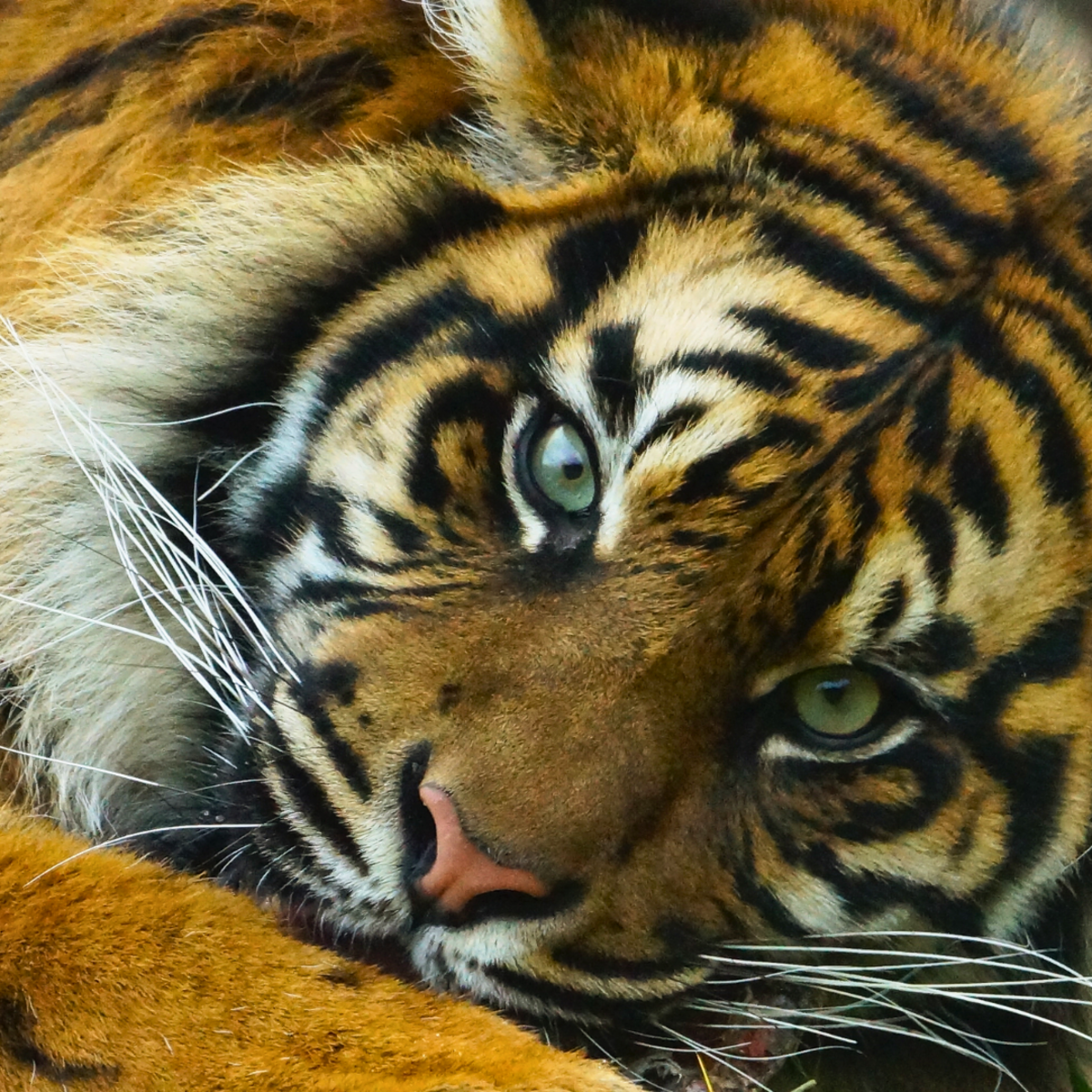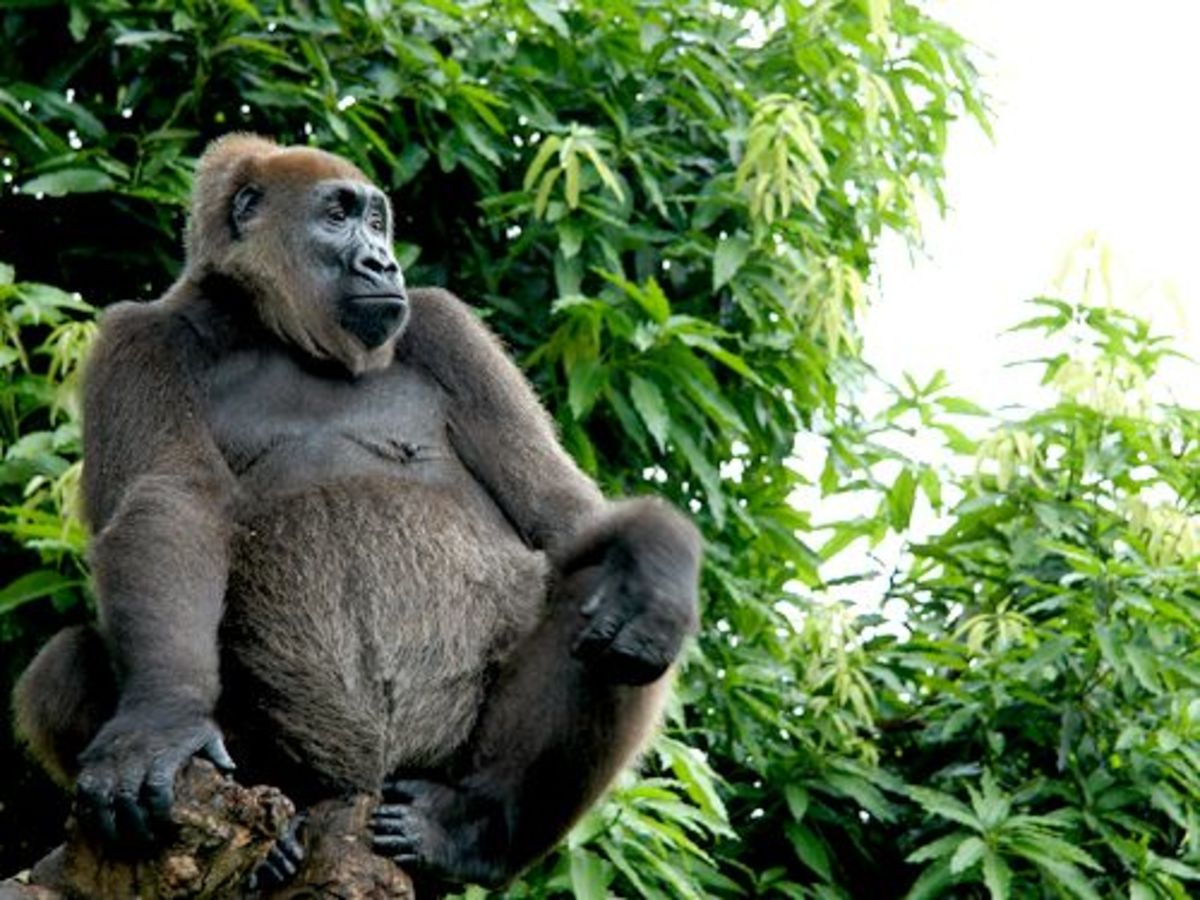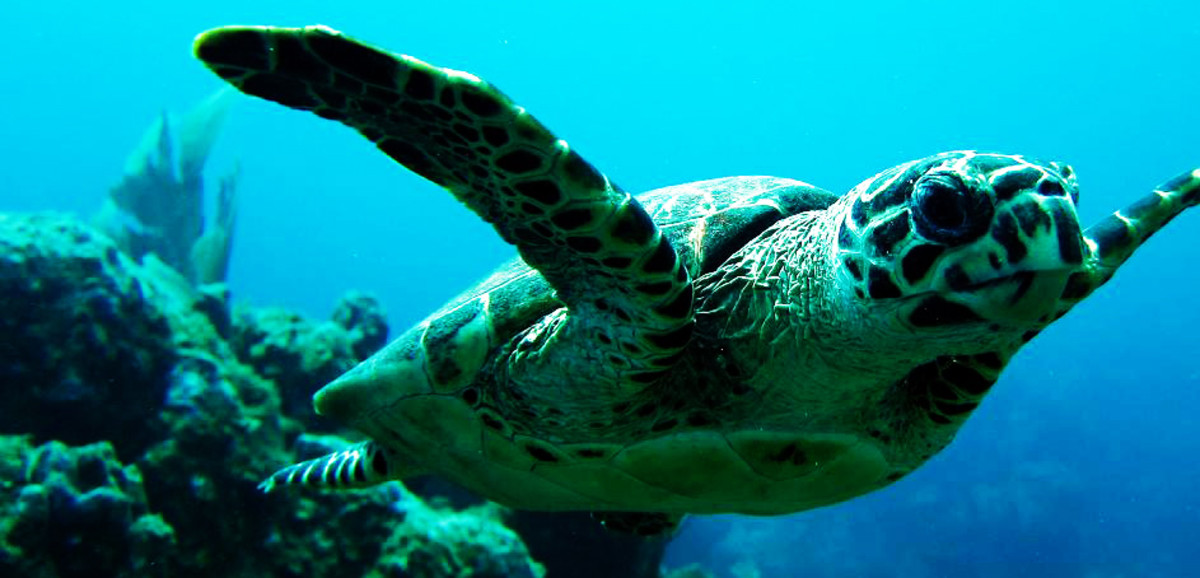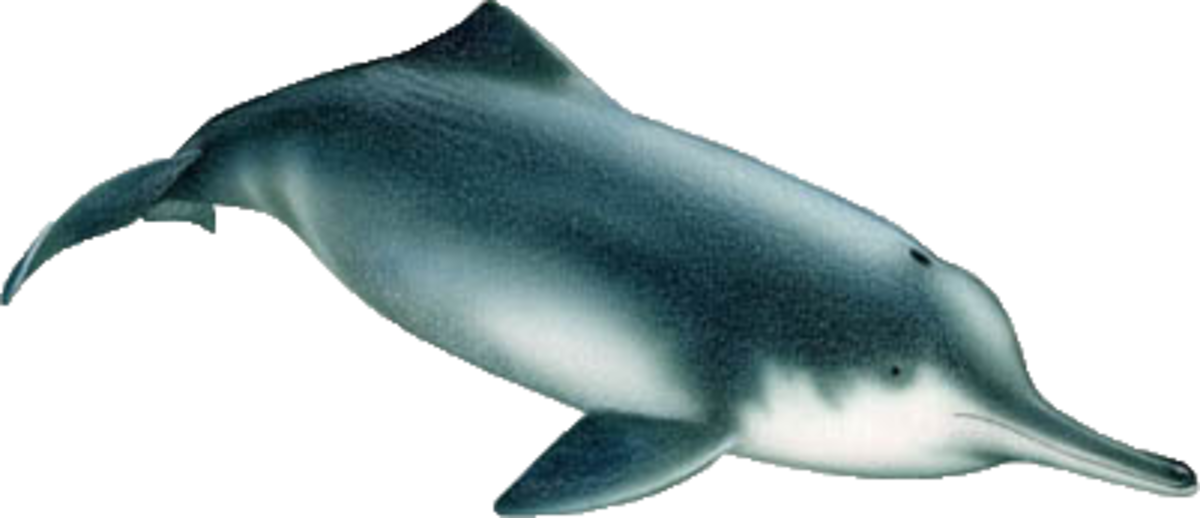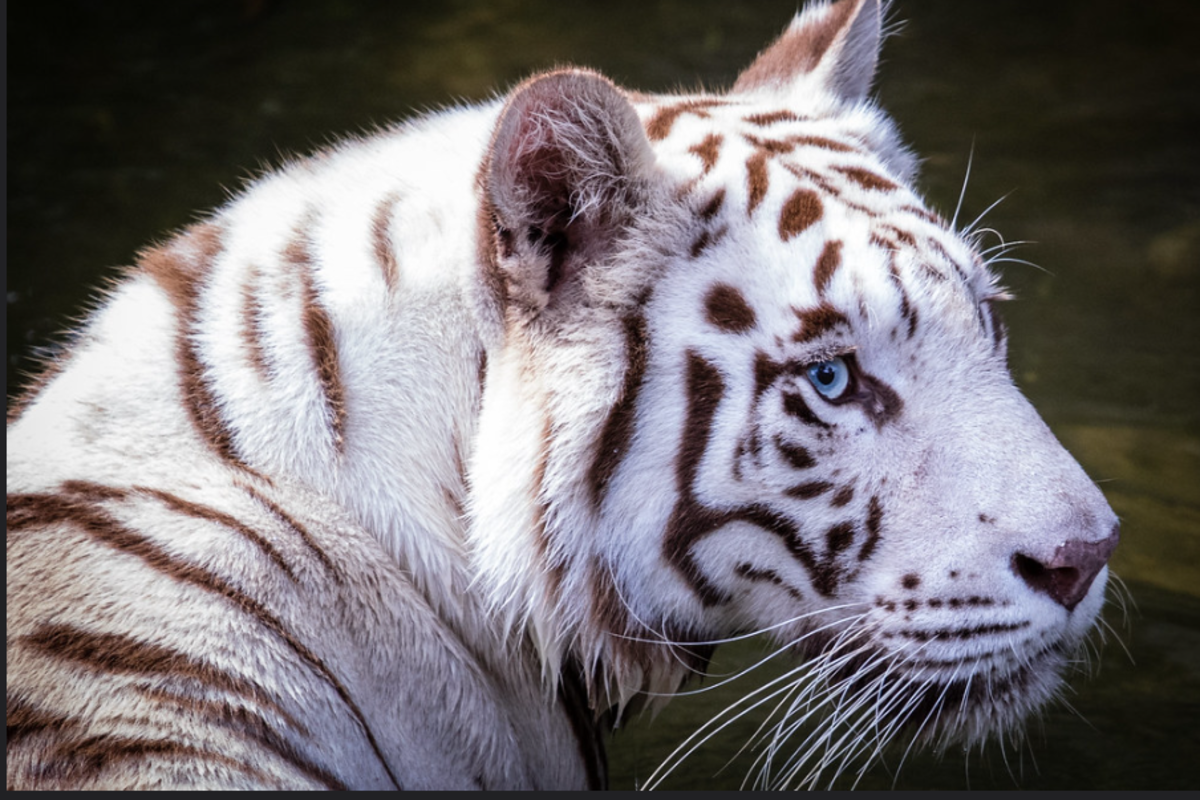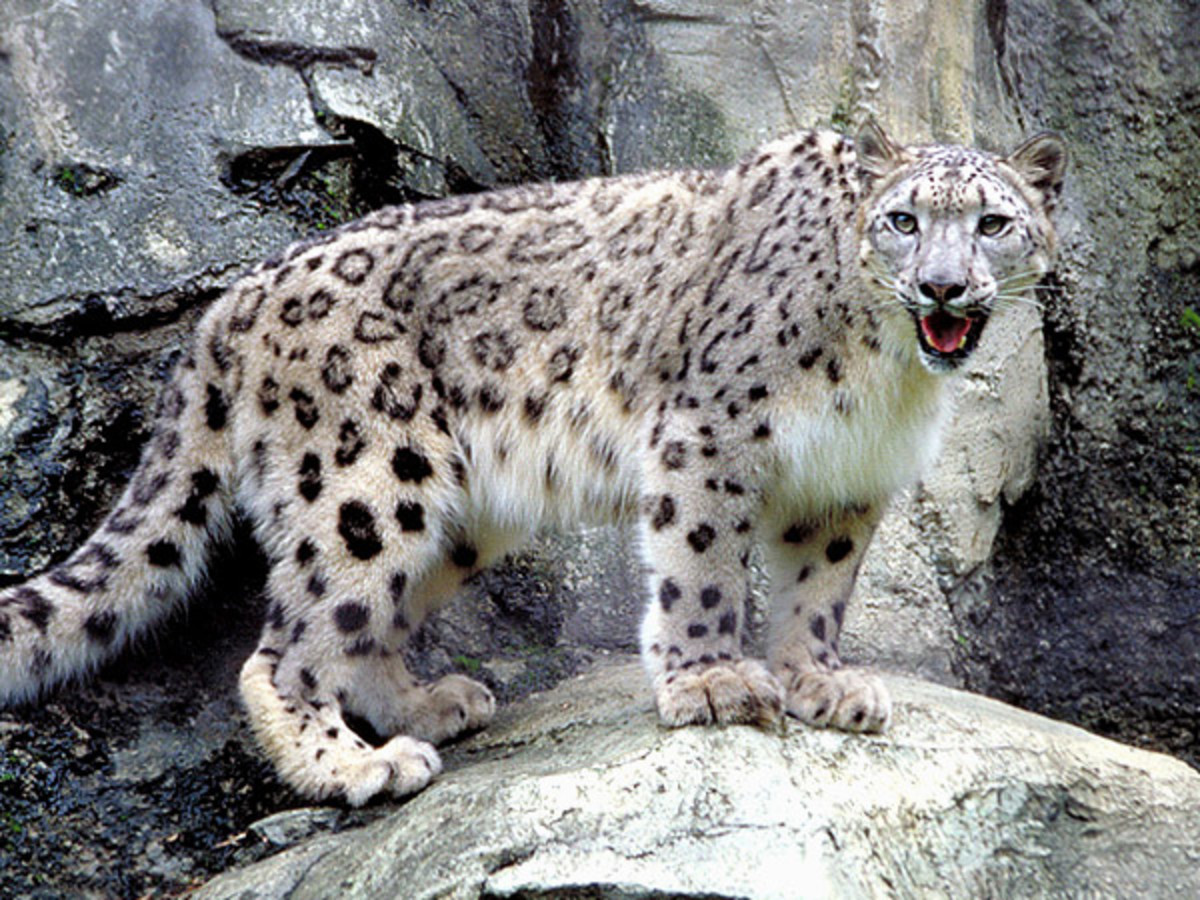- HubPages»
- Education and Science»
- Life Sciences»
- Endangered Species
Noah's Lament- Critically Endangered Species Themed Artwork
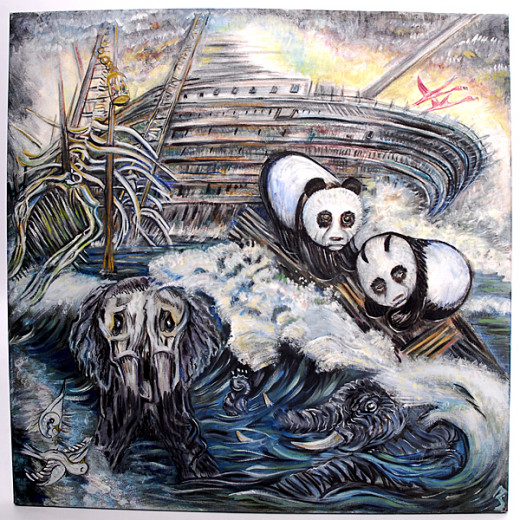
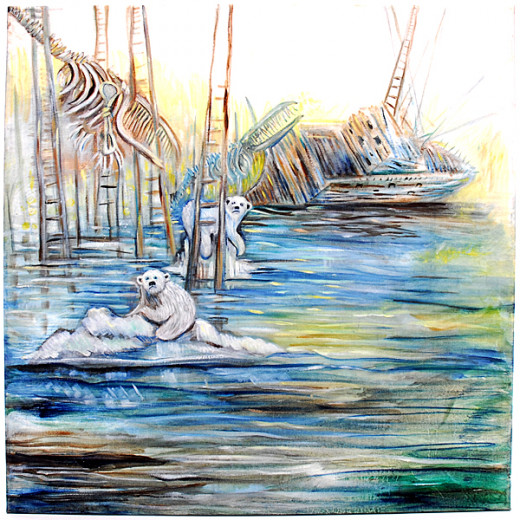
The Death of Satao
July 2014-The Tsavo Trust with great sadness has announced the terrible Death of one of their most prominent Great Tuskers..
The forty-five year old Bull elephant known as Satao.
He was one of the Last Great Tuskers his size was legendary- even compared to the other elephants Satao was huge.
His magnificent tusks scraped the ground.
His Death was Terrible wounded by an ivory poachers poisoned arrow- Then his tusks hacked from him.
Tragically he was killed a mile away from a Rangers out-post.
The arrows did not make the warning shots of a rifle.
Satao died in Kenya's Southeastern Tvaso National Park.
This is a significant Death of an elephant- once the Great Tuskers are taken out.
There will be less chance of elephant herd survival.
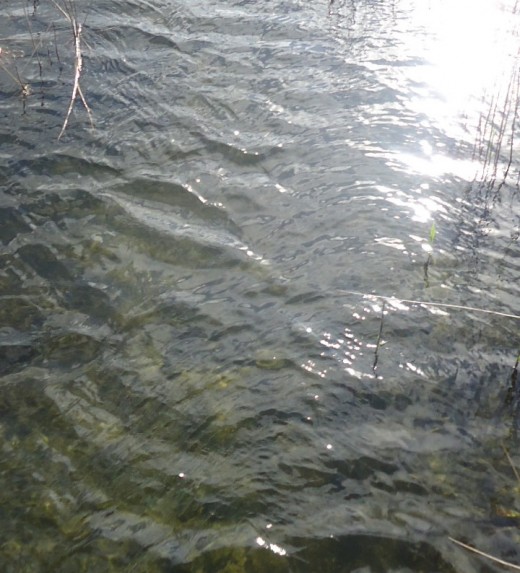

Endangered Species Elephant and Rhino
- Elephants
Elephants are the worlds largest land animal. How can such an iconic animal be endangered? The lands they roam upon are becoming networked with new roads. This is progress to a developing country, but to the elephant has only led to greater vulnerability.
These new road systems pass through and around their territories increasing the access for poaching gangs involving organised crime and sometimes millitants.
Ivory is sometimes traded for weapons and ammunition.
Poaching gangs also have better communication systems than ever before.
Africa has seen an large rise in the availability and use of mobile phones for example.
The poaching numbers of elephants during 2013 will affect the wild elephant populations for years to come.
For example
The confirmed Elephant Herd Massacre 12/05/2013 by media and the World Wildlife Organisation.
The slaughter happened in the Central African Republics and was carried out by seventeen members of the "Transitional Government Forces".
The elephants were killed for their ivory at the World Heritage site at Dzanga Bai it is reported that twenty six elephants perished- including two juvenile elephants.
In Chad despite the efforts of National Parks to protect their Elephant herds. This killing spree happened on the 18th of March 2013.
It is estimated that 86 Elephants were slaughtered in the area in less than a week.
Including 33 Pregnant Females.
The slaughter happened close to Fingia City.
All the carcasses had their tusks hacked out.
The local farmers had been asking for help from the Government as the elephants had been trampling their crops.
This is unfortunately believed why the massacre was not reported sooner.
In January of 2013 a family of elephants in Kenya's National Park
Were also killed by poachers.
All twelve elephants were found with their tusks hacked off.
Ten poachers were pursued by Park Rangers,in relation to this incident.
2012 was the year in which the worst slaughter of the Central African Elephants was recorded since National Parks have been established.
Early in the year at Bouba Ndjidah National Park Cameroon despite Eco-guards and locals interventions 650 elephants were slaughtered for tusks.
The attacks on the elephants occurred during their roam across central Africa, Cameroon and Chad.
Ivory has become a "Conflict resource" in Africa.
Fractured militant groups from Countries like Sudan who are in conflict.
Kill elephants to raise funds for their movements through the sale of Illegal ivory.
These are different to poaching tactics of past because these are highly organised mass killings of elephants.
The poachers also have highly specialised weaponry which include AK-47.
It is estimated during the last decade over a thousand Rangers have died defending herds of elephants and rhinos.
It is estimated that 70% of the ivory is sent en-route to China.
The ivory is made into medicine, ornaments, jewellery and trinkets.
These products are sold at Online Forum sites.
American Sectary of State Hilary Clinton has condemned "Conflict minerals"
and is pushing the ivory issue with the Chinese at the "highest levels.
The Cameroon Military have been called upon to drive out and monitor the poachers.
Through the last days of May 2013 CITES (The Convention International for Trade in Endangered Species flora & fauna) has identified and requested that Countries including Manila, China, Kenya, Malaysia, Uganda and Vietnam curb the Ivory trades from their countries.
CITES is an International agreement between Governments, to ensure the trade of endangered species does not impact on their survival.
The International Convention Secretariat has received the planned implementations from these Countries that involve Campaigns for raising Public awareness, Legislation and regulations and National International Enforcements.
CITES wants these procedures in place by July 2014.
- Rhinos
There are five species of rhino found in Africa and South Asia
- Black rhino
- White rhino
- Indian rhino
- Sumatran rhino
- Javan rhino
All are Endangered
Already throughout 2014 there has been 419 Rhinos killed by poaching.
This number was released in May and reported by WESSA.
It is estimated that during 2013 one thousand rhino were killed by poaching.
145 of these in Kruger National Park in South Africa.
South Africa has 83% of the African Continents population of Rhino.
The other massacres of rhino happened in the North West of Africa and Kwazulu National Park.
At the beginning of April a very brutal attack was made to a rhino cow. The creature had her tusk cut off but in the process the entire mouth, nasal structure and eyes had been ripped to pieces. Bleeding was to much and the cow had to be put to sleep.
In Central Africa the Black Rhinoceros is still listed as Critically Endangered.
The Western Black Rhinoceros unfortunately has been declared Extinct by the IUCN- 2011.
Extreme measures
Rangers are taking extreme measures by injecting the Rhinos in their protection.
The injections are being put into the Rhino horns that contain Permanent bright dye and Parasticides (like Tick repellents for sheep)
This is an extreme measure because the people who may eventually consume rhino products could become ill with nausea and stomach ache.
People who consume products with rhino tusk do so because they believe it has healing properties for conditions as wide as Cancer to a tonic.
The appalling crime against the Rhino continues and all over a tusk that is made up of Keratin.
Natures fibrous material. Keratin a sulphur containing protein that is also found in human hair, nails and animal hooves.
This is sad because it is not so much habitat loss but poaching that has decimated rhino populations. The rhino also has a slow reproductivity and this means populations cannot recover from the persistent commercial hunting. In some National Parks gamekeepers have resorted to tranqualising rhinos and sawing off their horns. Hoping the animals are of no use to poachers.
They are poached mainly for their horns. These are most commonly used to carve dagger handles. Tonics are also made from ground rhino horn, thought to heal or increase strength.
During 2012 the killing of rhinos continued to deplete Rhino herds. It is has been estimated that 650-1,000 rhinos were taken by poachers.
The total population number of the species of Rhino is 20,000.
A Ranger/Farmer in South Africa has taken steps to protect his animals. He is planning to use Surveillance drones in his National Park lands. He believes that technology is the answer to combat Poachers.
Surveillance were originally used and developed by US Military.
The Ranger has been granted by the US State department to buy Arcturus-T-20 drone.
The ranger has funded this as he believes that rhino herds could be depleted into extinction.
He has urged American & European Countries to fund the Surveillance Project to encompass the skies of as many National Parks as possible.
At the end of march 2013 Police in Kent had a tip off that poachers intended to target Black Rhinos at a Kent Zoo. The 33 Rhino there are part of a successful breeding programme.
The threat has been taken very seriously and the Rhinos have been put under twenty-four hour protection.
The vigilant guard has been also taken on in a Voluntary capacity.
There has also been extra care taken in the preservation of Rhino heads in museums throughout Europe.
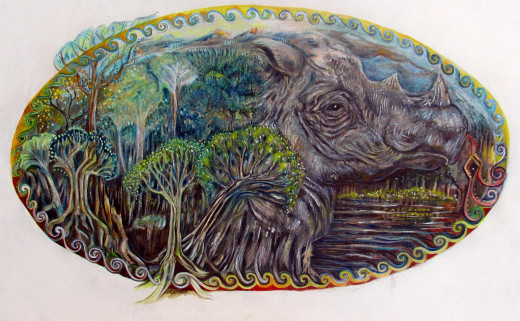
Endangered species
- Tigers
There are five thousand tigers left in our world. They live in India, China and Eastern Russia.
The reason they are endangered is because natural habitat has been cleared of forest to make way for cities to sprawl and agriculture to feed the population.
Poaching has also decreased numbers. Tigers are still seen as status symbols by some. Body parts of the tiger are used in Asian medicines. In particular tiger bone is prized and used in tonics for inflammation and for increased virility.
There is also the threat and problems,concerning dangers of human and tiger conflict.
In 1993 America threatened to cease trading live animals with China unless they stopped trading tiger bone products. The threat of black market trading and smuggling is still an issue.
The highest density of the tiger population was Russia. The law in Russia regarding Tigers states that only the killing of tigers is a crime. The fine that accompanies the prosecution was also small.
People caught with a dead tiger they had hunted, would simply say that they had found the carcass to avoid prosecution.
WWF have been working with the Russian Ministry of Natural Resources, to change these laws to ensure the protection of tigers.
WWF estimate that 97% of the population of tigers in Russia has been hunted to near extinction.
The Wildlife Organisation has also received backing to identify and promote the "Piomyre" region.
To become a location, where no more timber-farming or commercial use of land can occur.
This is to encourage the population of tigers to re-establish.
In India during 2014 the Tiger conservation group has been designing a conservation plan.
This is to be completed by June 15th- this will include a detailed population count of tigers.
The Forest Department in India are also implementing moves to identify man-eating tigers.
They have already used cameras to record and provide some warning and security to residents.
In one area a tigeress is reported to have taken nine people since December 25th.
The Forest Department in India want to identify these tigers and move them to isolated Reserves.
- Bears
There are eight species of bear
The two species of bear that are recovering the best from over hunting and habitat loss are
- Brown bear has a population that is the most widely distributed in the world. The Endangered Species act protected populations enough to recover.
- American black bear is now thriving in Canada, United States and Mexico. Enormous amounts of funding are being invested to propel Conservation and management to continue.
The six species left are described by the IUCN as vunerable or endangered
- Pandas there are 1,600 wild pandas left. Confined to Southern China they are endangered by expanding logging industry
- Sun bear of Southeast Aisia Commercial hunting has cut their population by 50% in the last twenty years. Their gall bladders are profitable for use in medicine and tonics.
- Asiastic bear in mainland Aisia. There is no known estimate on population. They are vunerable to commerial hunting and habitat loss.
- Sloth Bear found in India, Nepal and Sri Lanka. Habitat loss. In Bangledesh, it has not been sighted for some time.
- Andean Bear In Argentina is suffering from habitat loss due to increases in mining and oil exploraition
- Polar bear The worlds largest land carnivore, is endangered from change induced by melting of Arctic Sea ice, pollution, tourism and oil development
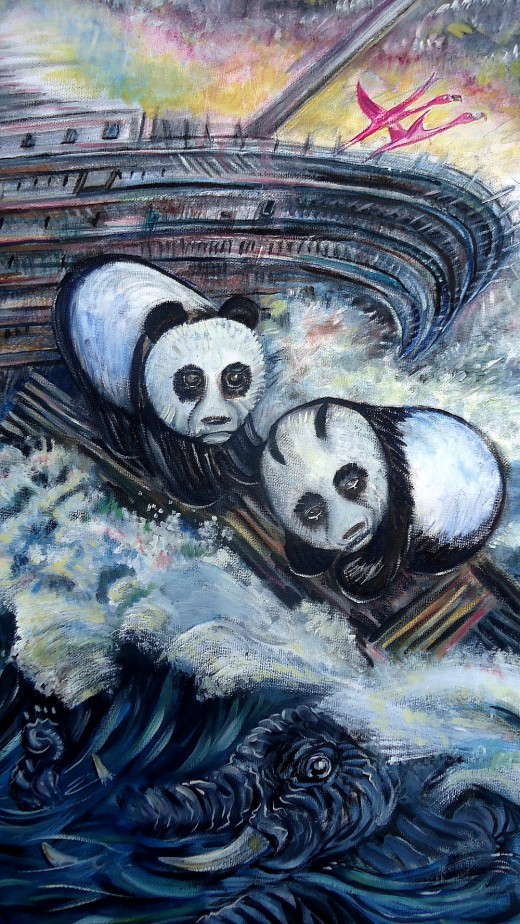
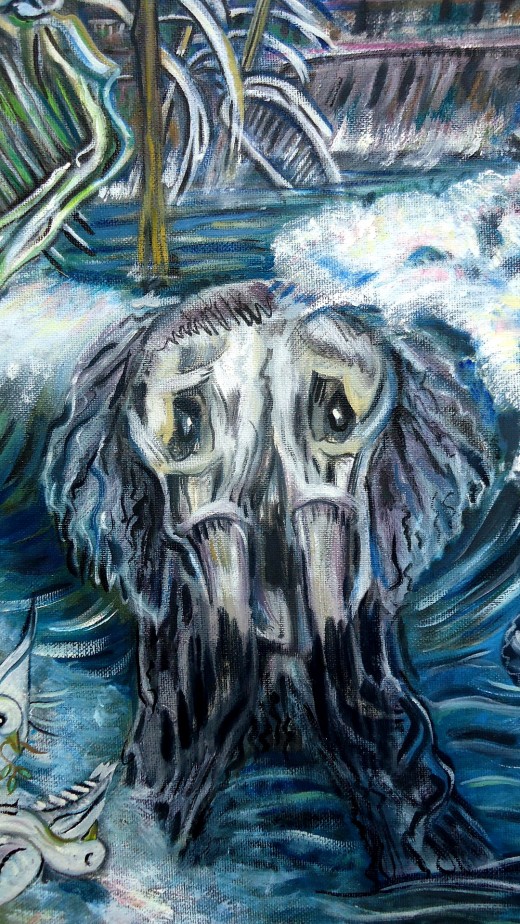
Wild Bird Trade
- Wild bird trade
To think about buying an exotic bird, normally means investing an amount of money. People expect to pay high prices.
The high price of exotic birds should be because they have been bred in captivity and raised within healthy, clean environments.
Unfortunately the traders take advantage of this and flood the bird market with "caught" wild birds. Wild exotic birds therefore have high profit margins.
The wild birds are normally caught by local people/natives to earn extra money. They catch the birds with nets and a substance known as birdlime.
- Nets birds caught in these nets often break their own wings to get free or die of dehydration
- Birdlime is an adhesive substance which is applied to bushes and trees. The birds caught this way often lose feathers and die from fright.
- Wild birds are crowded into low ventilated, overcrowded crates and "stored" often for days until they are picked up by traders
- Smuggled as freight on aeroplanes thousands of miles
- Mortality and disease is high at all stages of process through shared water and food
The bird traders take advantage of of the poorly enforced legal system in place to smuggle birds. Like all regulatory systems consistent enforcement is expensive.
It is hard for the customer to tell the difference at retail level between a wild caught bird and a captive bred.
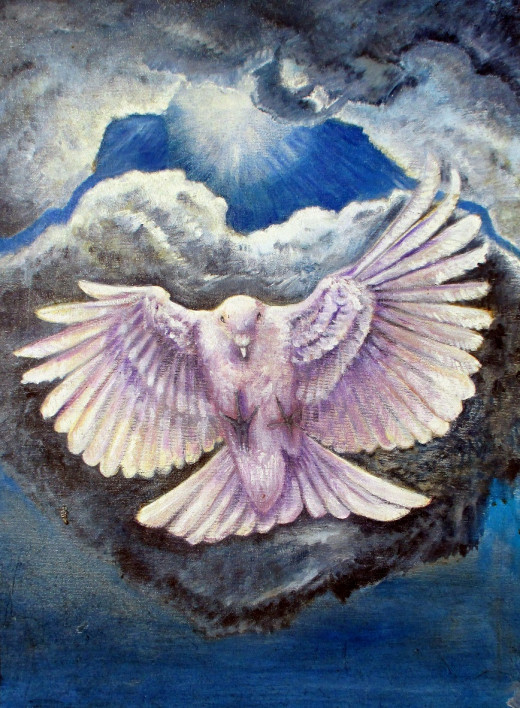
Welfare
Dogs and horses are truly entwined into cultures and history. They have been bred to fit our needs to hunt, herd and even able to give companionship.
Yet their welfare is always a need. Dogs and horses are sometimes neglected and abused.
In recent times the recession has put pressure on families to even be able to afford the keep of them.
Those that care will always tend to them .
I would always have support for animal welfare and rescue centres.
"Pennies in a dog shelter box"
Animal testing of primates
"If we look straight and deep into a chimpanzee's eye. An intelligent, self assured personality looks back at us. If they are animals, what must we be?" Quote Franz de Waal
"Primate studies have helped increase our understanding of HIV. In the area of natural resistance to progression to Aids and Vaccine" Quote Animal Research Information
"Pharmaceutical testing has a 92% failure rate in predicting safety when using primates" Quote PETA
The use of primates in testing is uncomfortable for many as they are intelligent and have close family bonds, in particular during infant care.
The idea of monkeys being kept in a solitary state is a sorry one. We all know they are social, curious and interactive of their environment.
We also know that science says it needs primates to further vaccine and Aids research.
- Primates are often born into laboratory and separated from mother soon after birth
- Captured wild monkeys are often caught by shooting their mothers out of trees first
- Laboratory monkeys often exhibit behaviours such as pulling out own hair or flesh
- Primates have been used in Vaccine testing for aids vaccine and Rubella. Infectious diseases and pharmaceutical trails
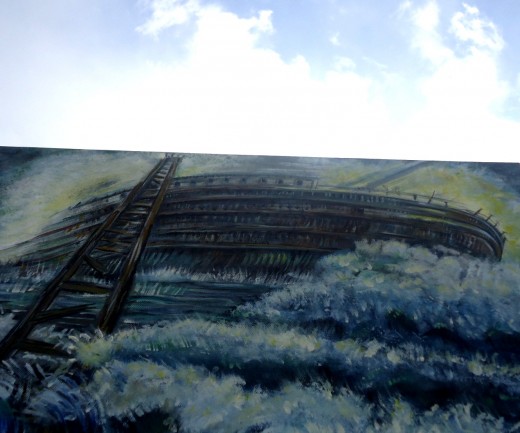
Sources
- I have used information from
- PETA
- IUCN
- Animal Research Information
Connections
- The Endangered Species Act
I wish I could look forward to the day when the Endangered Species Act was no longer necessary. Until then, it is man’s responsibility to enact laws that protect those species that have been decimated by our activities. The Endangered...

